Leading market players are investing heavily in research and development to expand their product lines, which will help the 3D Sensor Market, grow even more. Market participants are also undertaking various strategic activities to expand their global footprint, with important market developments including new product launches, contractual agreements, mergers and acquisitions, higher investments, and collaboration with other organizations. To expand and survive in a more competitive and rising market climate, the 3D Sensor industry must offer cost-effective items.
Manufacturing locally to minimize operational costs is one of the key business tactics manufacturers use in the global 3D Sensor industry to benefit clients and increase the market sector. In recent years, the 3D Sensor industry has offered some of the most significant medical advantages. Major players in the 3D Sensor Market, including Sony Corporation, Microsoft Corporation, Intel Corporation, Qualcomm Technologies Inc., STMicroelectronics, Texas Instruments, Microchip Tehcnology Inc., Infineon Technologies AG, Occipital Inc., and others, are attempting to increase market demand by investing in research and development operations.
STMicroelectronics N.V., sometimes known as ST or STMicro, is a global Dutch firm specializing in technology with French and Italian roots. Its headquarters are in Plan-les-Ouates, near Geneva, Switzerland, and listed on the French stock exchange. The largest semiconductor contract manufacturing and design business in Europe is ST. In 1987, Thomson Semiconductors of France and SGS Microeletronica of Italy, two government-owned semiconductor businesses, merged to form the corporation. ST develops semiconductor technology to build a brighter, greener, and more sustainable future. For Instance: In June 2022, ST unveiled the first 3D sensor with meta-optics.
The direct time-of-flight sensor is a depth sensor used in smartphones, virtual reality headsets, and robotics. Existing complicated and multi-element lenses can be replaced with meta-optics because they gather more light, perform several tasks in a single layer, and enable new types of sensing in smartphones and other devices while occupying less space.
Ouster, Inc. is an American lidar technology business with its head office in San Francisco, California. It manufactures digital, high-resolution 3D lidar sensors for autonomous cars, industrial robots, drones, mapping, and security & defense systems. With software that enables a vehicle’s detecting and mapping tasks, its sensors generate images from ambient infrared. For Instance: In September 2022, Ouster, Inc., a leading manufacturer of high-resolution digital lidar sensors, unveiled a 3D industrial lidar sensor suite for high-volume material handling applications.
The industrial range of high-resolution OS0 and OS1 sensors is created to be cost-effective for high-volume manufacturing fleets while meeting the requirements of forklifts, port equipment, and autonomous mobile robot (AMR) makers. The company claims that the 3D capabilities of its industrial sensor suite outperform traditional 2D scanners by offering better resolution, range, and field of view without raising system cost or complexity.
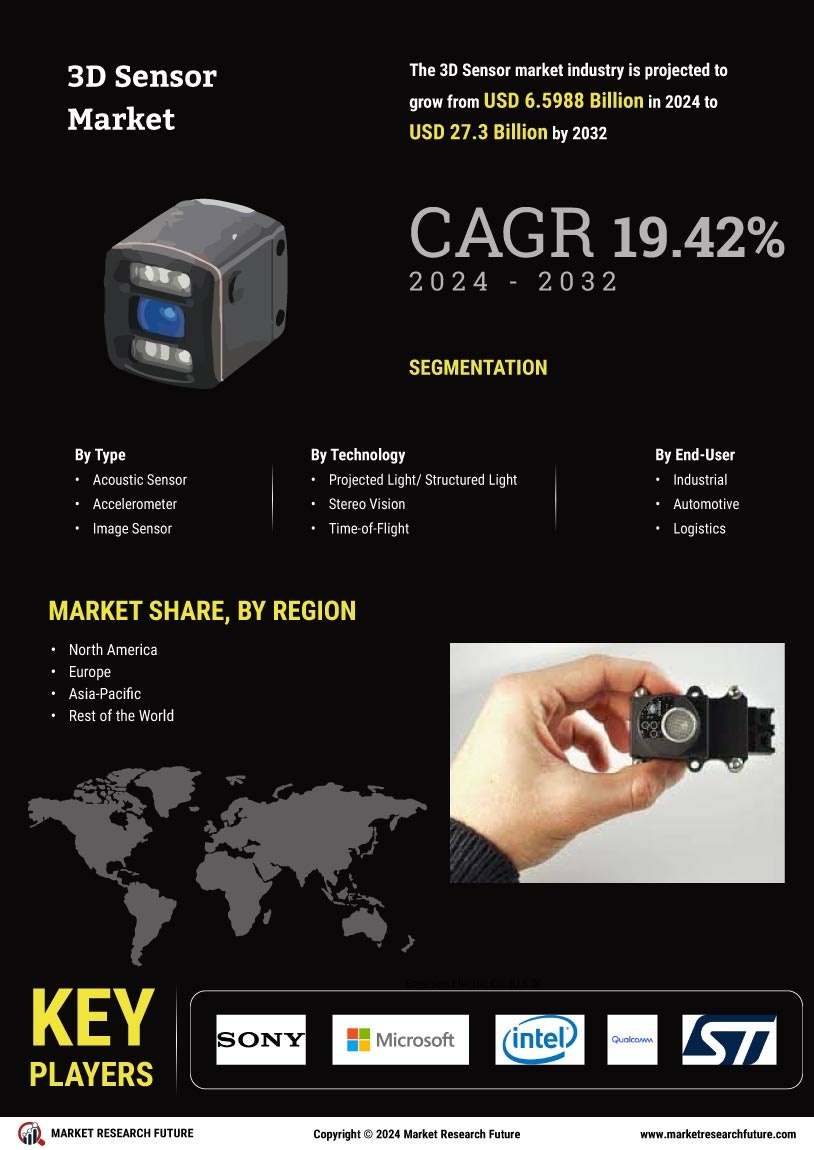
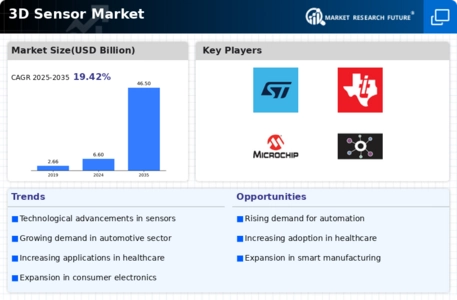
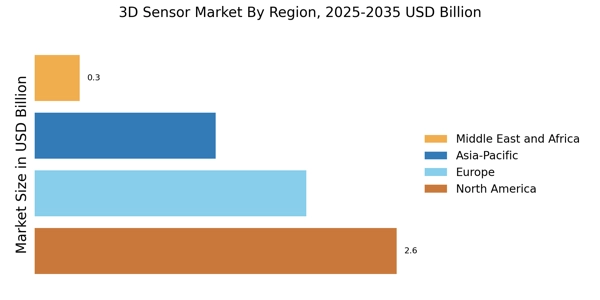
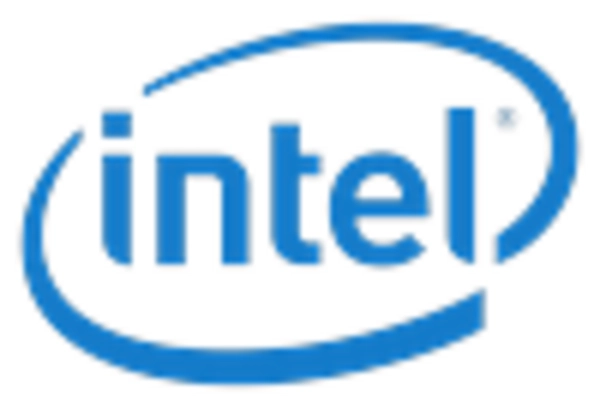

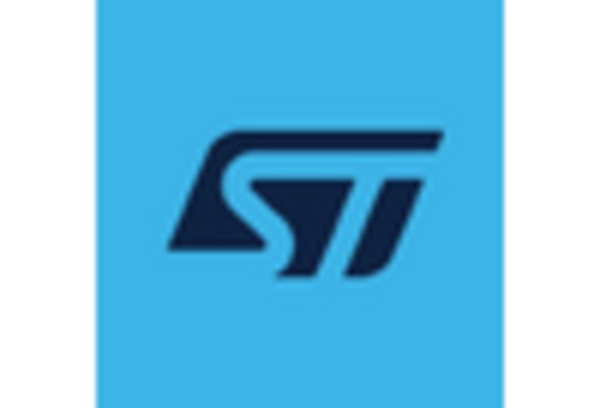
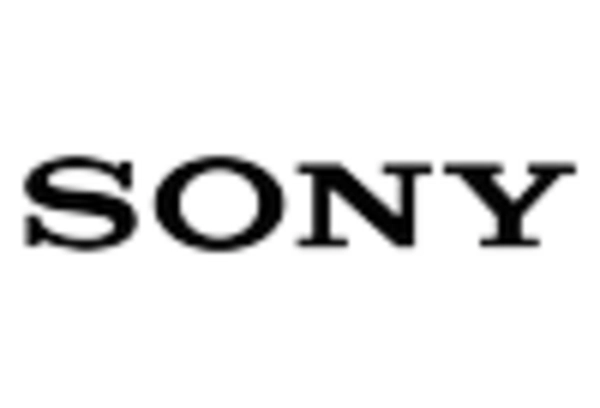
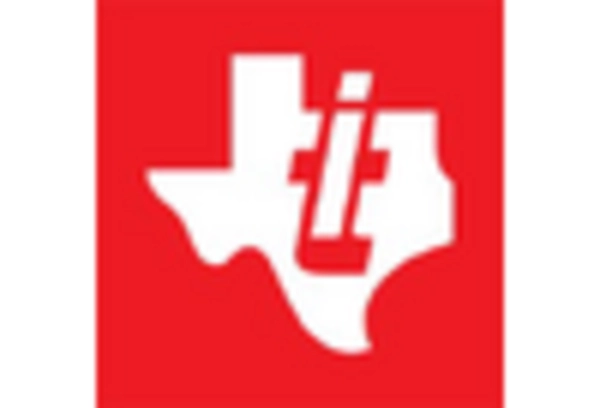








Leave a Comment